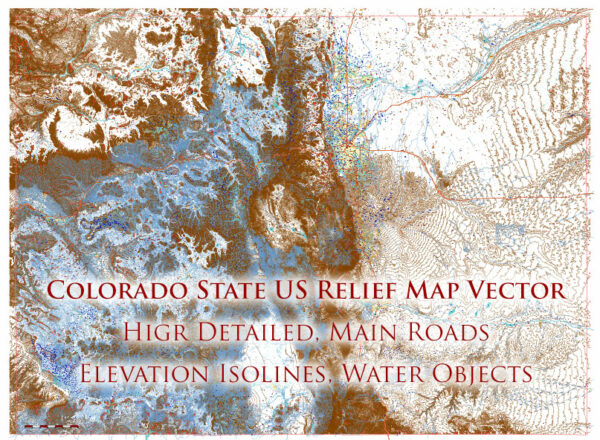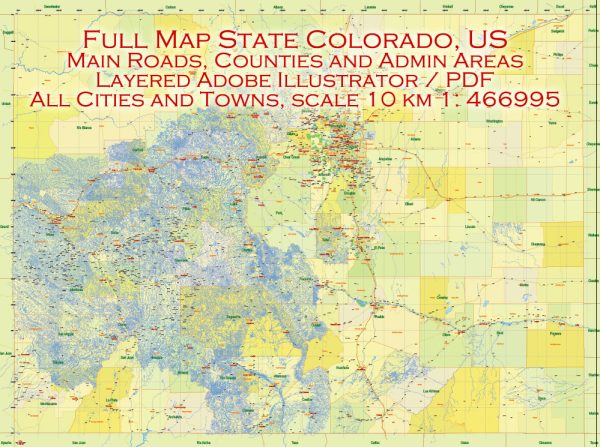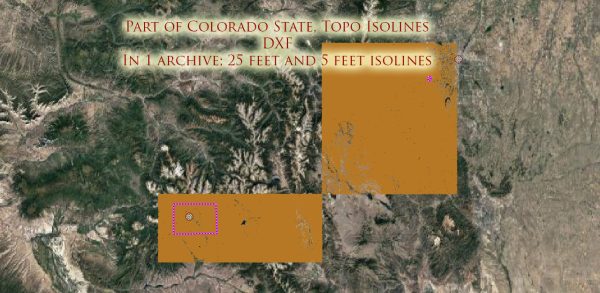Colorado’s urban development has a rich history shaped by various factors, including natural resources, economic activities, transportation, and population growth. Here is a general overview of the state’s urban development history:
- Native American Influence:
- Before European settlers arrived, various Native American tribes inhabited the region that is now Colorado. They established settlements based on natural resources and trade routes.
- Spanish Exploration and Settlement:
- Spanish explorers, including Francisco Vásquez de Coronado, explored the region in the 16th century. However, permanent European settlement did not occur until the 18th century when the Spanish established trading posts and missions.
- Fur Trading and Mountain Men:
- In the early 19th century, fur trappers and traders, often referred to as mountain men, played a significant role in the region’s development. They established trading posts and routes that later became vital for settlers.
- Pikes Peak Gold Rush (1859):
- The discovery of gold in the Pikes Peak region in 1859 led to a significant influx of settlers. This event marked the beginning of rapid urban development in Colorado, as towns and cities sprang up to support mining activities.
- Railroads and Transportation:
- The development of railroads in the late 19th century further facilitated Colorado’s urban growth. Cities like Denver became major transportation hubs, connecting mining areas to the rest of the country.
- Agriculture and Industry:
- The late 19th and early 20th centuries saw the diversification of the state’s economy. Agriculture, ranching, and industrial activities, such as smelting and manufacturing, became crucial to urban development.
- Depression Era and World War II:
- The Great Depression and World War II had significant impacts on Colorado. The state’s economy diversified further as industries like aerospace and defense gained prominence, leading to urban expansion.
- Post-War Suburbanization:
- Like many other parts of the United States, Colorado experienced suburbanization in the post-World War II era. The development of highways and a growing automobile culture led to the spread of suburbs around major cities.
- Modern Growth and Technology:
- In recent decades, Colorado has seen substantial population growth, driven in part by the technology and energy sectors. Cities like Denver have become regional economic centers, attracting a diverse population.
- Challenges and Sustainability:
- With growth comes challenges, including issues related to infrastructure, transportation, and environmental sustainability. Urban planners and policymakers have been working to address these challenges while maintaining the state’s unique quality of life.
In summary, Colorado’s urban development is a dynamic story that reflects the interplay of natural resources, exploration, industry, and demographic shifts over the centuries. The state’s cities have evolved from mining outposts to diverse, thriving urban centers.





 Author: Kirill Shrayber, Ph.D.
Author: Kirill Shrayber, Ph.D.